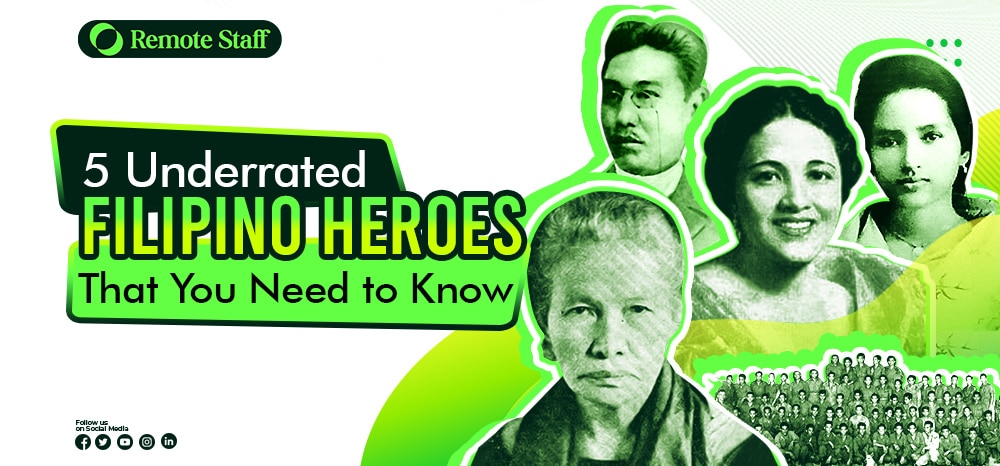Whenever we talk of our country’s heroes, the first ones that come to mind are Dr. Jose Rizal and Gat Andres Bonifacio. Those interested in Philippine history may mention Marcelo H. Del Pilar, the GOMBURZA, or General Antonio Luna.
Although it’s good that we know and revere these great heroes, they’re not the only ones who deserve commemoration. Our history is filled with many more heroes and heroines whose sacrifices built the foundation of our country. So this coming National Heroes Day, why not take a moment to get to know these lesser-known heroes?
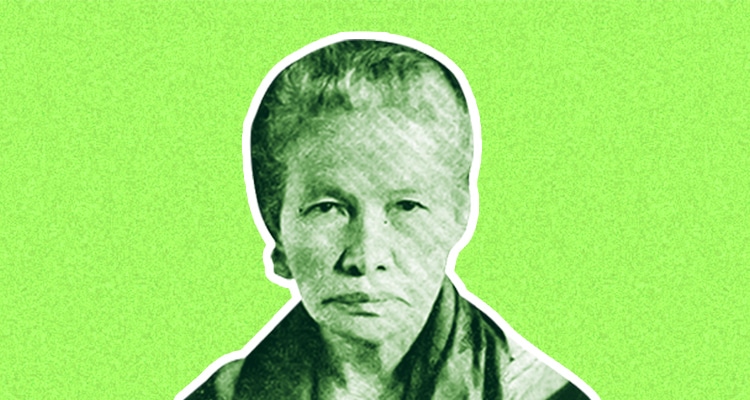
Teresa Magbanua.
Also known as the Visayan Joan of Arc, Teresa Magbanua was a former school teacher turned revolutionary leader. Before the revolution, she studied to become a teacher in contrast to the usual home courses given to women at the time. She also gained a post-graduate teaching degree to become a Maestra Titulada Superior from UST.
When the revolution broke out in 1896, she volunteered to join the Katipuneros alongside her 2 younger brothers, against her father’s wishes. Aside from being a keen markswoman, she also commanded Filipino revolutionary troops, the only woman in Visayas to do so.
Known as Nay Isa to her men, she was also unique for fighting all 3 colonizers, the Spanish, Americans, and Japanese. She fought and won several battles against the Spanish and later the Americans. During World War 2, although she didn’t fight directly against the Japanese, she sold her material possessions to finance and support the Filipino guerillas.
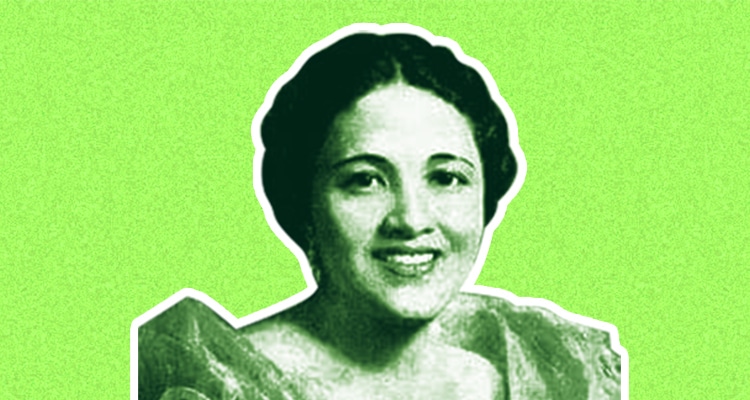
Josefa Llanes Escoda.
Often seen in the 1,000 Peso bill alongside fellow heroes Jose Abad Santos and Vicente Lim, Josefa Llanes Escoda is known for establishing the Girl Scouts of the Philippines. When World War 2 broke out in the Philippines, she quickly organized a women’s group dedicated to providing emergency services.
Later, she and her husband, Antonio Escoda, provided food to Filipino and American soldiers. She also passed messages between prisoners of war and their families outside. However, in June 1944, the Japanese caught her husband in Mindoro and imprisoned him in Fort Santiago. They also captured Josefa shortly after.
While in prison, the Japanese tortured and interrogated the couple. Their family was only able to send them necessities once, which they gave to the other prisoners. The Japanese would later execute Josefa and her husband in January 1945.
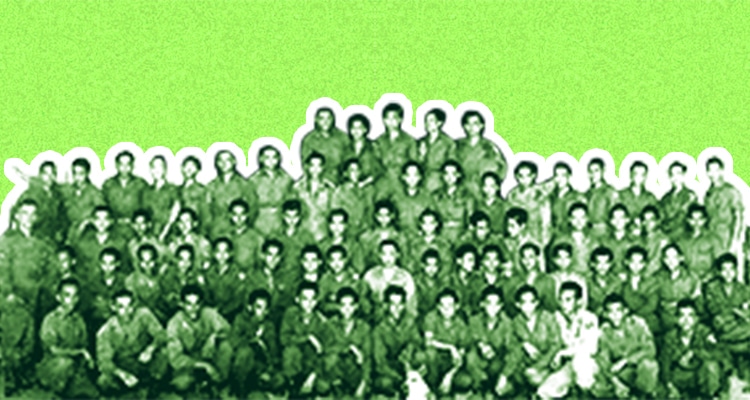
The 10th Battalion Combat Team.
One event often forgotten when discussing post-ww2 Philippines was the country’s participation in the Korean War. As we all know, the Philippines was one of the founding members of the United Nations. When the UN security council issued UNSCR 83 on June 27, 1950, the Philippines was the first Asian member to send troops to Korea.
The first unit sent by the Philippines to Korea was the 10th Battalion Combat Team. On April 22, 1951, the 900-strong unit was attacked by a Chinese force of about 3,000 troops in Yultong, Korea. During the battle, Captain Conrado Yap and his company launched a counterattack that retook the critical Yultong hill and rescued a trapped Filipino unit on it.
The Filipino soldiers’ actions delayed the Chinese offensive and allowed UN forces to withdraw to better positions. Unfortunately, Capt. Yap died during the battle. The Philippine and US governments posthumously awarded him the Philippine Medal of Valor and the US Distinguished Service Cross for his actions.
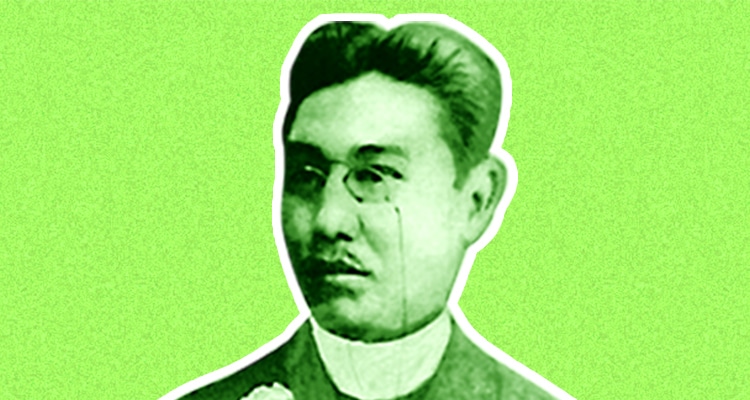
Mariano Ponce.
When discussing the propaganda movement, we usually focus on the big names like Rizal, Del Pilar, and Lopez Jaena. But there are also many other individuals within the movement that are worthy of note. One is Dr. Mariano Ponce, better known as the guy sitting on the chair in the famous image with Rizal and Del Pilar.
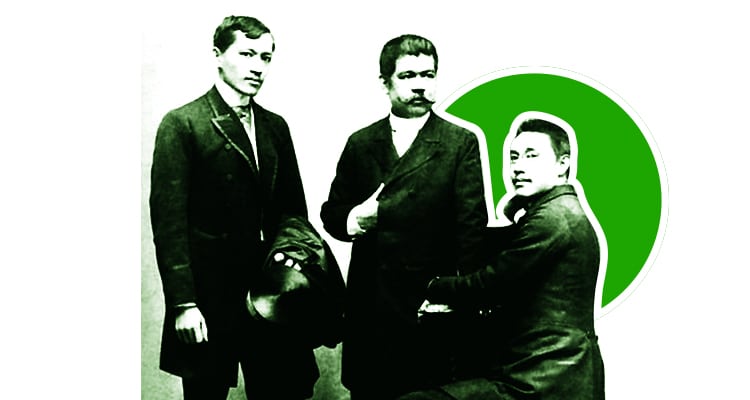
Using the pen names Naning, Kalipulako, and Tikbalang, he wrote several articles on La Solidaridad regarding history, sociology, politics, and travel. In fact, he was the secretary of the propaganda movement. And headed the literary section of the Asociacion Hispano-Filipina, a society of liberal Spaniards and Filipinos.
When the Philippine revolution broke out, Mariano Ponce was imprisoned for 48 hours because he was suspected of being part of the uprising. In 1898, then President Emilio Aguinaldo appointed him as the diplomatic representative to Japan. Here, he met his future wife, Okiyo Udanwara.
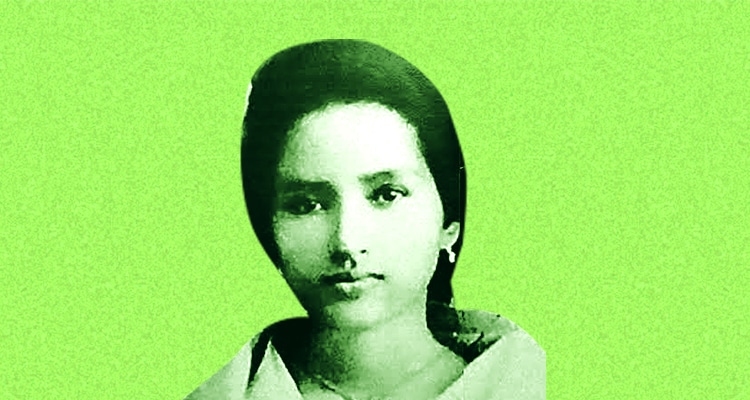
Rosa Sevilla Alvero.
Did you know that the Philippines was one of the first countries to allow women to vote? Before 1937, only men could vote since allowing women to vote would “ruin family unity and weaken the father’s position in the household.”
But thanks to the efforts of several women’s rights activists, a plebiscite was held on April 30, 1937, to determine whether women should be allowed to vote or not. The “Yes” option won by an overwhelming majority. And one of the activists that were pivotal in this is Rosa Sevilla Alvero.
Alcero was born in Tondo, Manila, and grew up surrounded by both patriotic individuals and intellectuals. At just 21 years old, she established Instituto de Mujeres, now known as the Rosa Sevilla Memorial School. In addition, she was also one of the 2 female staffers on the La Independencia, Gen. Antonio Luna’s newspaper.
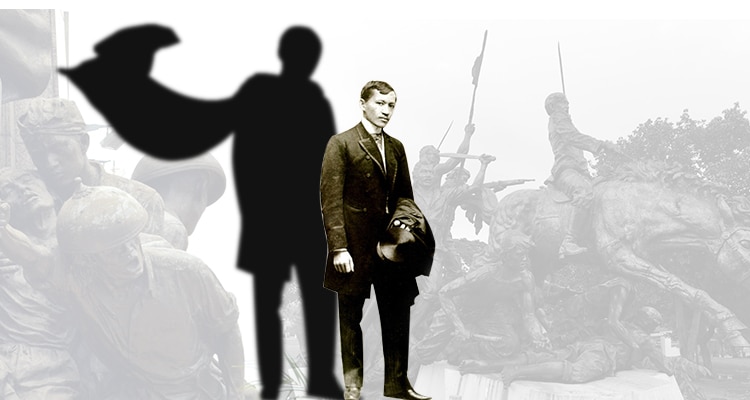
Not All Heroes Wear Capes.
Because of our country’s colorful history, Philippine history is replete with heroes. Aside from our more famous heroes, several more unsung heroes deserve our recognition and appreciation. The individuals mentioned above are just some of these underrated heroes whose actions helped our country’s history.

